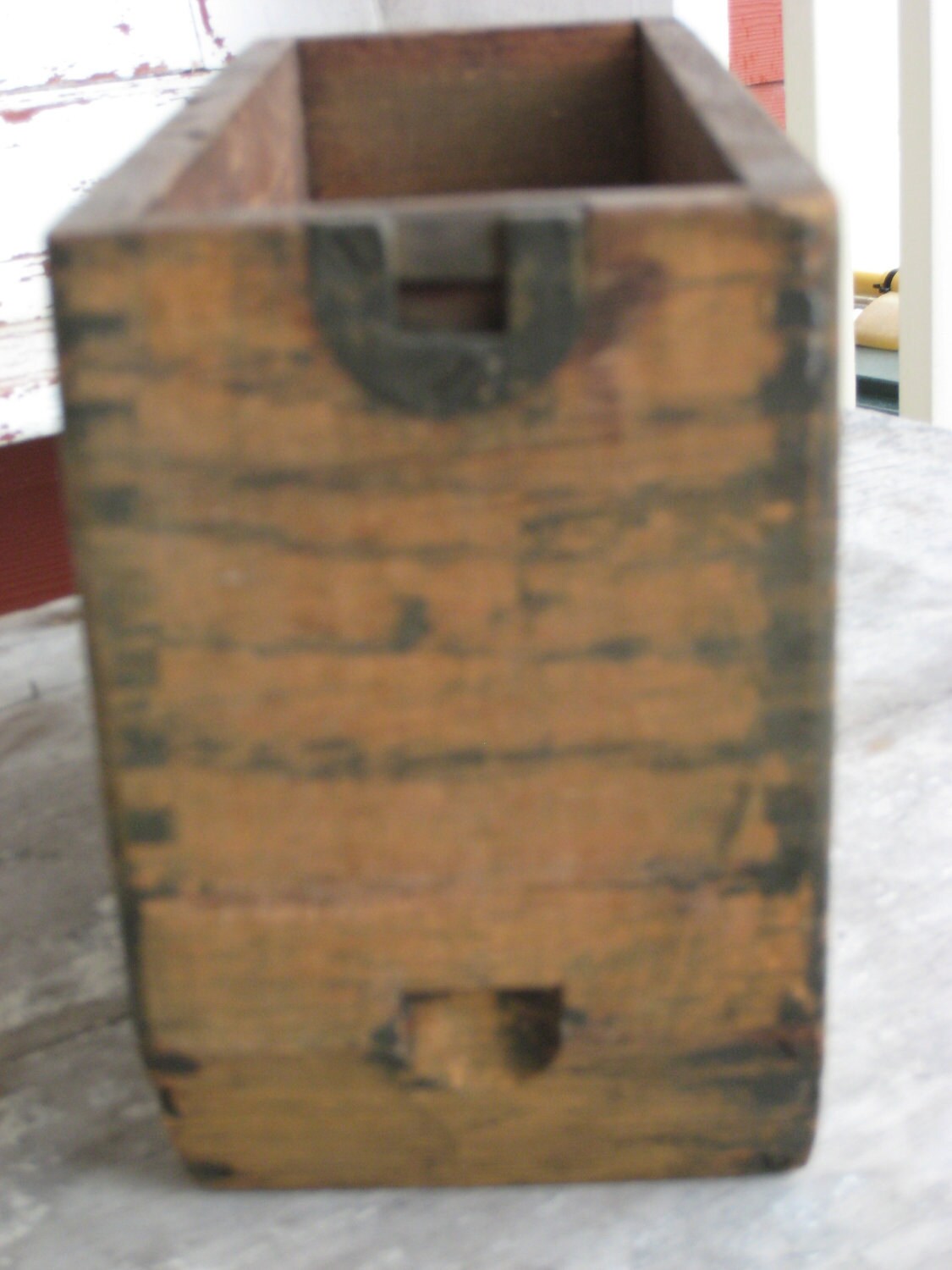

50 BMG was primarily used in the M2 Browning machine gun, in both its 'light barrel' aircraft mount version and the 'heavy barrel' (HB) version on ground vehicles, for anti-aircraft purposes.
50 cal machine gun ammo manual#
50 caliber machine gun was not an invention of this era this caliber (.50 inch) had been used in Maxim machine guns and in a number of manual rapid-fire guns such as the original Gatling gun, although these were much lower power cartridges.ĭuring World War II the. 50 caliber armor-piercing cartridges went on to function as an anti-aircraft and anti-vehicular machine gun, with a capability of completely perforating 0.875 inches (22.2 mm) of face-hardened armor steel plate at 100 yards (91 m), and 0.75 inches (19 mm) at 547 yards (500 m). This gun was later developed into the M2HB Browning which with its. The round was put into use in the M1921 Browning machine gun. Teamed with Colt, he produced prototypes ready for testing and, ironically, completed them by Nov. The Army then returned to John Browning for the actual gun. Subsequently, Frankford Arsenal took over from Winchester, producing the historic. The American Rifleman further explains that development was 'eputedly influenced by Germany's 13.2x92 mm SR (.53-cal.) anti-tank rifle' and that then 'Ordnance contracted with Winchester to design a.


You make up some cartridges and we'll do some shooting.' Browning pondered the situation and, according to his son John, replied, 'Well, the cartridge sounds pretty good to start. They wanted a heavy projectile at 2700 feet per second (f.p.s.), but the ammunition did not exist. Army Ordnance officers to consult Browning. American interest in an armor-piercing cartridge was influenced by the marginal French 11 mm design, prompting U.S. According to the American Rifleman: 'Actually, the Browning. 50 BMG round is sometimes confused with the German 13.2 mm TuF, which was developed by Germany for an anti-tank rifle to combat British tanks during WWI and against aircraft. The API and APIT rounds left a flash, report, and smoke on contact, useful in detecting strikes on targets. Armor-piercing incendiary tracer (APIT) rounds were especially effective against aircraft, and the AP rounds and armor-piercing incendiary (API) rounds were excellent for destroying concrete bunkers, structures, and lighter armored fighting vehicles (AFVs). military until 1917, hence the model designation). 30-06 Springfield design, used in a machine gun based on a scaled-up M1919/M1917 design that Browning had initially developed around 1900 (but which was not adopted by the U.S. John Browning had the idea for this round during World War I in response to a need for an anti-aircraft weapon, based on a scaled-up. 50 caliber rifles by allowing more accurate fire than lower quality rounds. 50-caliber machine guns.Ī wide variety of ammunition is available, and the availability of match grade ammunition has increased the usefulness of. 50 BMG cartridge is also used in long-range target and anti-materiel rifles, as well as other. The rounds intended for machine guns are made into a continuous belt using metallic links. The cartridge itself has been made in many variants: multiple generations of regular ball, tracer, armor-piercing (AP), incendiary, and sabotedsub-caliber rounds. Under STANAG 4383, it is a standard cartridge for NATO forces as well as many non-NATO countries. 50 caliber machine gun in the late 1910s, entering official service in 1921. ) is a cartridge developed for the Browning. 50 BMG, 12.7×99mm NATO and designated as the 50 Browning by the C.I.P. Maximum pressure (small arms ammunition pressure testing Saudi–Yemeni border conflict (2015–present)


 0 kommentar(er)
0 kommentar(er)
